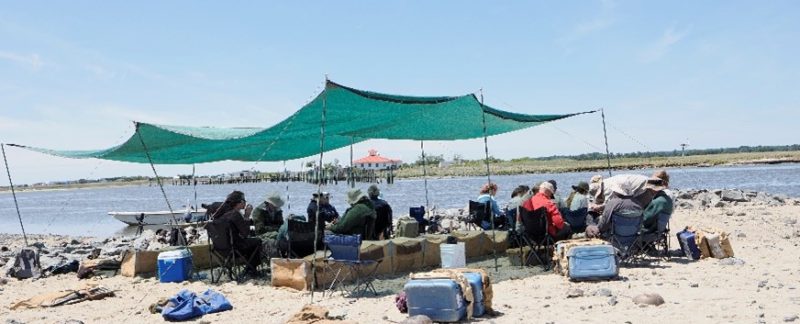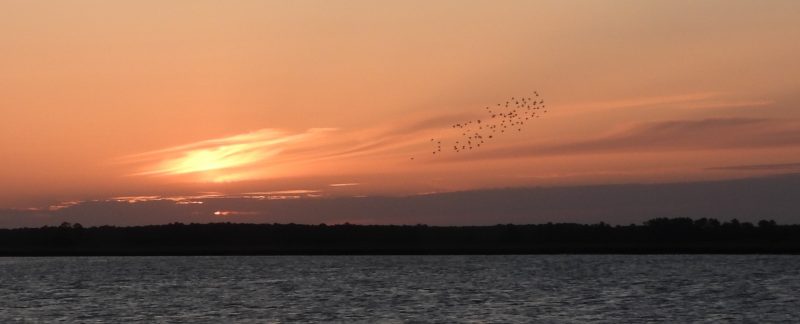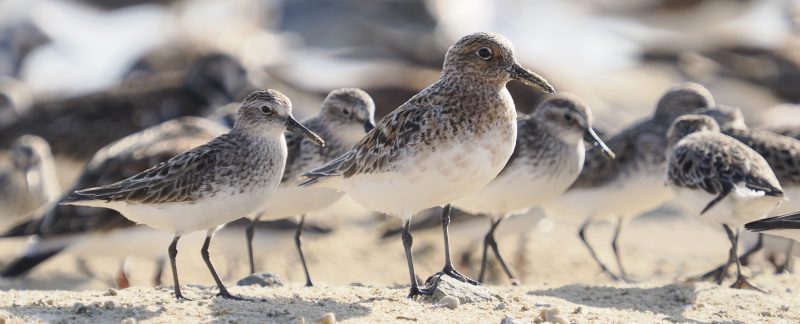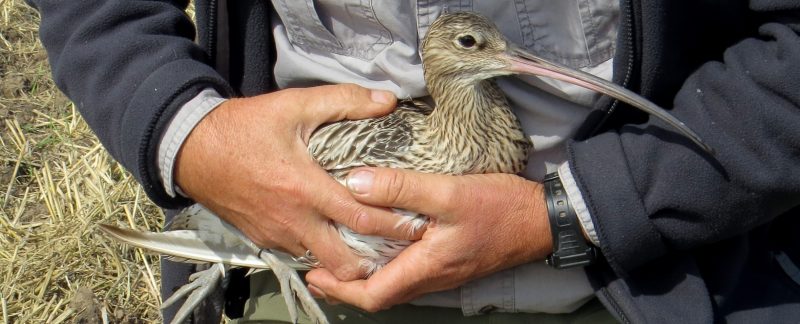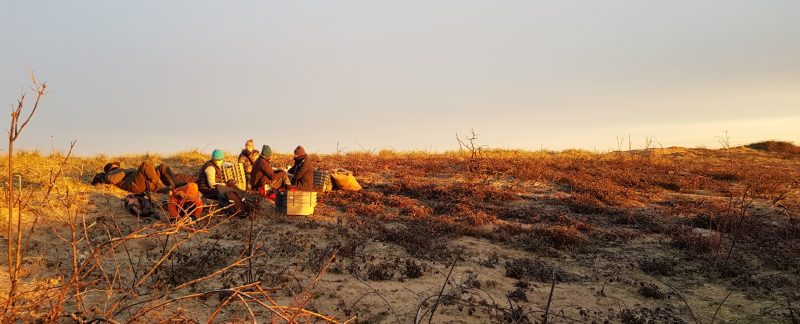Thursday 25 May
After two full weeks at Slaughter Beach, we were all well into the swing of the Project and another cannon-net catch was planned for midday at Osprey Beach. It was a gusty, chilly morning, but began to warm up and settle down around 09:00, by which point those who joined Shawn for mist-netting in the Ted Harvey woods had been up for many hours! Other activities of the morning included the construction of more exclosures around Piping Plover nests at Fowler Beach.
Continue Reading →
